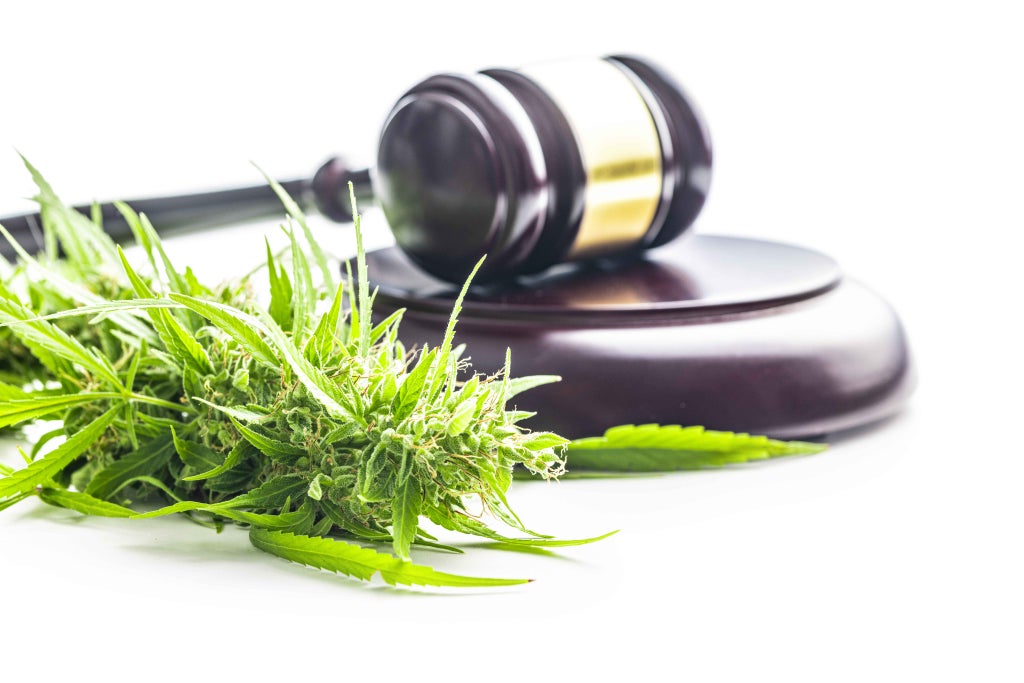Cannabis
Exploring the History of Marijuana Legalization in Different Countries
Marijuana, also known as cannabis, has a complex and varied legal history that reflects changing societal attitudes, scientific discoveries, and political shifts. From its ancient use in traditional medicine to its prohibition in the 20th century and its gradual re-legalization in the 21st century, the journey of marijuana legalization differs significantly across the globe. In this blog post, we’ll explore the history of marijuana legalization in different countries, highlighting key milestones and current trends.
Early Use and Prohibition
Marijuana has been used for thousands of years for medicinal, recreational, and industrial purposes. Ancient civilizations in Asia, Africa, and the Americas cultivated cannabis for its psychoactive properties and its practical uses as hemp fiber. However, by the early 20th century, many countries began to criminalize marijuana due to rising concerns about its psychoactive effects and associations with marginalized communities.
United States
Prohibition Era: In the early 20th century, the U.S. played a significant role in global cannabis prohibition. The Marihuana Tax Act of 1937 effectively outlawed cannabis, driven by anti-drug campaigns and racial prejudices. This prohibition was reinforced by the Controlled Substances Act of 1970, classifying marijuana as a Schedule I drug with no accepted medical use and a high potential for abuse.
Medical Marijuana Movement: California led the way in 1996 by passing Proposition 215, allowing medical use of marijuana. This sparked a wave of medical marijuana legalization across other states.
Recreational Legalization: Colorado and Washington became the first states to legalize recreational marijuana in 2012. Today, many states have followed suit, reflecting a significant shift in public opinion and state-level policies.
Canada
Medical Use: Canada legalized medical marijuana in 2001, establishing a regulatory framework for patients to access cannabis for therapeutic purposes.
Recreational Legalization: In 2018, Canada became the second country in the world to legalize recreational marijuana nationwide with the passage of the Cannabis Act. This historic move allowed adults to purchase, possess, and grow limited amounts of cannabis, regulated by provincial and territorial governments.
Uruguay
Pioneering Legislation: Uruguay made history in 2013 by becoming the first country to fully legalize marijuana. Under the leadership of President José Mujica, the government implemented a comprehensive regulatory system for the production, distribution, and sale of cannabis. This approach aimed to combat illegal drug trafficking and promote public health.
The Netherlands
Tolerance Policy: While technically illegal, the Netherlands has adopted a unique tolerance policy towards marijuana. Since the 1970s, Dutch coffee shops have been allowed to sell small quantities of cannabis for personal use. This pragmatic approach has made Amsterdam a renowned destination for cannabis tourism.
Ongoing Debates: Despite its lenient policies, the Netherlands continues to grapple with the legal gray areas surrounding cannabis cultivation and distribution.
Spain
Cannabis Clubs: Spain’s approach to marijuana legalization revolves around the concept of cannabis social clubs. These private, non-profit associations allow members to collectively grow and consume cannabis. While not fully legalized, this model has gained popularity, especially in regions like Catalonia.
Portugal
Decriminalization: In 2001, Portugal decriminalized the possession of all drugs, including marijuana, for personal use. This progressive policy shift aimed to treat drug addiction as a public health issue rather than a criminal offense. While not full legalization, decriminalization has led to a reduction in drug-related harms and an increase in treatment access.
Israel
Medical Pioneers: Israel has been at the forefront of medical marijuana research since the 1960s, thanks to the pioneering work of Dr. Raphael Mechoulam. The country legalized medical marijuana in the early 1990s and has continued to expand its program, making significant contributions to the understanding of cannabis’s therapeutic potential.
Current Trends and Future Prospects
The global landscape of marijuana legalization is rapidly evolving. Countries such as Mexico, Germany, and New Zealand are actively debating or implementing legalization measures. The trend towards decriminalization and legalization reflects changing public perceptions, growing evidence of cannabis’s medical benefits, and a desire to reduce the harms associated with prohibition.
Conclusion
The history of marijuana legalization is a testament to the dynamic interplay between culture, science, and policy. From early uses in ancient civilizations to modern legislative reforms, the journey of cannabis legalization is marked by progress and setbacks. As more countries reconsider their stance on marijuana, the global trend towards legalization continues to gain momentum, promising a future where cannabis is integrated into society in a regulated and responsible manner.

